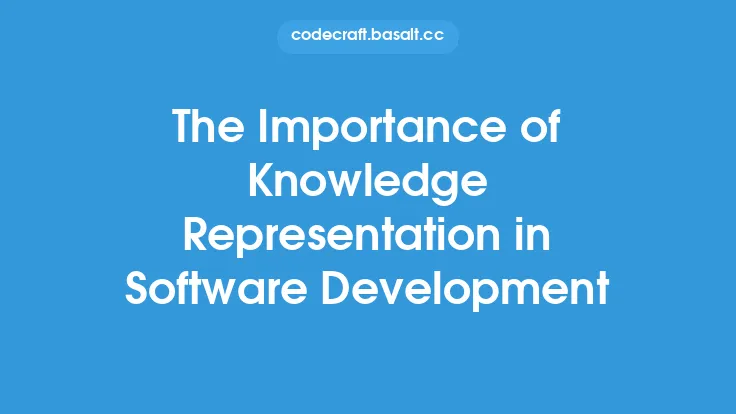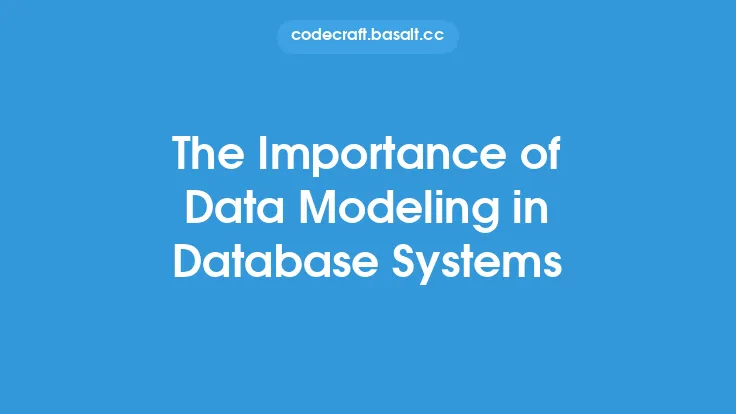Data preprocessing is a crucial step in computer vision tasks, as it directly affects the performance and accuracy of the models used in these tasks. The goal of data preprocessing is to transform the raw data into a format that is suitable for analysis and modeling. In computer vision, this involves a range of techniques that are used to enhance, normalize, and transform images to prepare them for use in various applications such as object detection, image classification, and image segmentation.
Introduction to Data Preprocessing Techniques
Data preprocessing techniques in computer vision can be broadly categorized into two main types: image enhancement techniques and image transformation techniques. Image enhancement techniques are used to improve the quality of the images, while image transformation techniques are used to transform the images into a format that is more suitable for analysis. Some common image enhancement techniques include noise reduction, contrast stretching, and histogram equalization. These techniques are used to remove noise and artifacts from the images, and to improve the contrast and brightness of the images.
Image Enhancement Techniques
Image enhancement techniques are used to improve the quality of the images by removing noise and artifacts, and by improving the contrast and brightness of the images. Noise reduction techniques, such as Gaussian filtering and median filtering, are used to remove random variations in the pixel values of the images. Contrast stretching techniques, such as histogram equalization, are used to improve the contrast of the images by stretching the range of pixel values. Histogram equalization is a technique that is used to adjust the contrast of the images by modifying the pixel values to create a uniform distribution of pixel values.
Image Transformation Techniques
Image transformation techniques are used to transform the images into a format that is more suitable for analysis. Some common image transformation techniques include resizing, rotation, and flipping. Resizing is used to change the size of the images, while rotation and flipping are used to change the orientation of the images. These techniques are used to normalize the images and to prepare them for use in various applications. For example, in object detection tasks, the images may need to be resized to a uniform size to ensure that the objects are detected accurately.
Data Normalization Techniques
Data normalization techniques are used to normalize the pixel values of the images to a common range. This is typically done to prevent features with large ranges from dominating the model. Some common data normalization techniques include min-max scaling, standardization, and logarithmic scaling. Min-max scaling is a technique that is used to scale the pixel values to a common range, typically between 0 and 1. Standardization is a technique that is used to standardize the pixel values to have a mean of 0 and a standard deviation of 1. Logarithmic scaling is a technique that is used to scale the pixel values using the logarithmic function.
Handling Imbalanced Datasets
Imbalanced datasets are a common problem in computer vision tasks, where one class has a significantly larger number of instances than the other classes. This can lead to biased models that perform well on the majority class but poorly on the minority class. To handle imbalanced datasets, techniques such as oversampling the minority class, undersampling the majority class, and generating synthetic samples can be used. Oversampling the minority class involves creating additional copies of the minority class instances, while undersampling the majority class involves removing some of the majority class instances. Generating synthetic samples involves creating new instances that are similar to the minority class instances.
Data Augmentation Techniques
Data augmentation techniques are used to increase the size of the dataset by generating new instances from the existing instances. Some common data augmentation techniques include rotation, flipping, and color jittering. Rotation involves rotating the images by a certain angle, while flipping involves flipping the images horizontally or vertically. Color jittering involves changing the brightness, contrast, and saturation of the images. These techniques are used to increase the diversity of the dataset and to prevent overfitting.
Best Practices for Data Preprocessing
To get the most out of data preprocessing, it is essential to follow best practices. Some best practices include visualizing the data before and after preprocessing, using techniques that are suitable for the specific problem, and evaluating the performance of the model on a validation set. Visualizing the data before and after preprocessing helps to ensure that the preprocessing techniques are effective and do not introduce any artifacts. Using techniques that are suitable for the specific problem helps to ensure that the model performs well on the task at hand. Evaluating the performance of the model on a validation set helps to ensure that the model generalizes well to new data.
Conclusion
In conclusion, data preprocessing is a crucial step in computer vision tasks, as it directly affects the performance and accuracy of the models used in these tasks. By using techniques such as image enhancement, image transformation, data normalization, handling imbalanced datasets, and data augmentation, it is possible to transform the raw data into a format that is suitable for analysis and modeling. By following best practices, it is possible to get the most out of data preprocessing and to develop models that perform well on a wide range of computer vision tasks.





